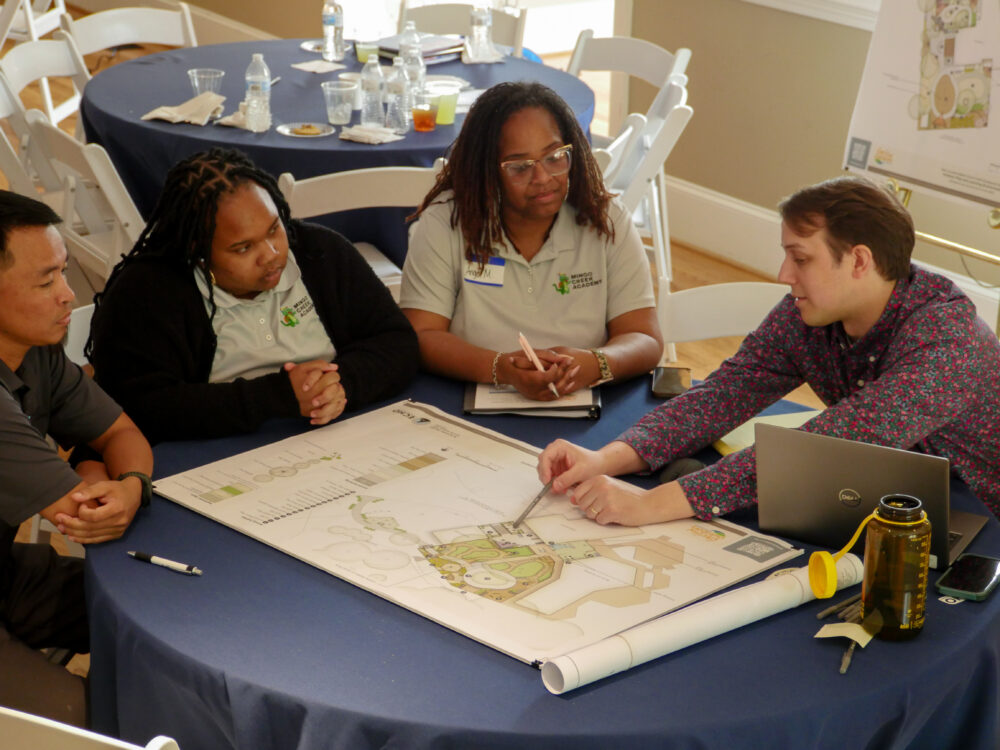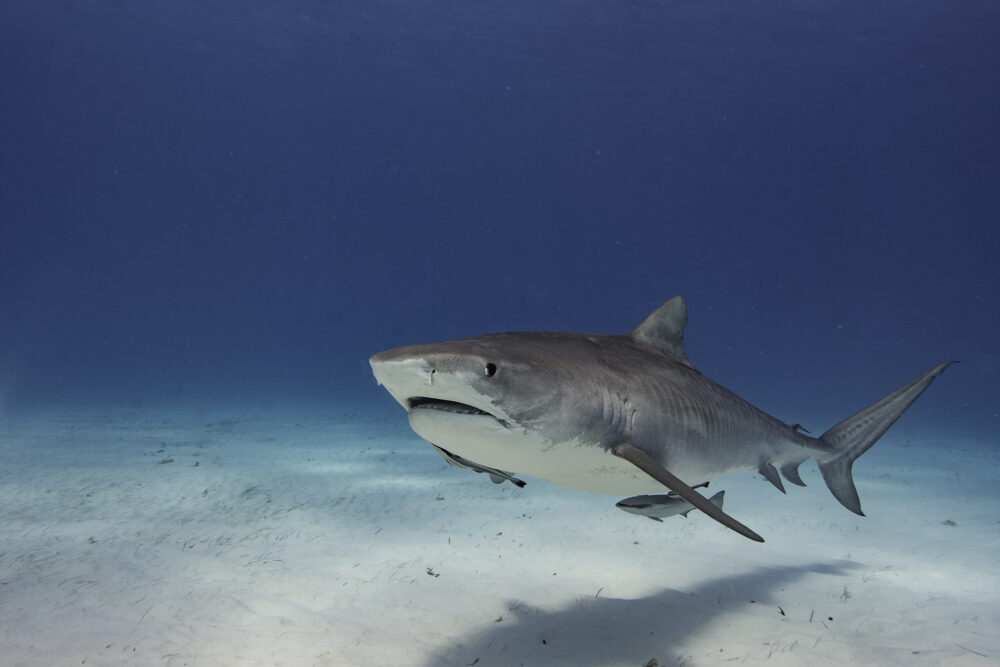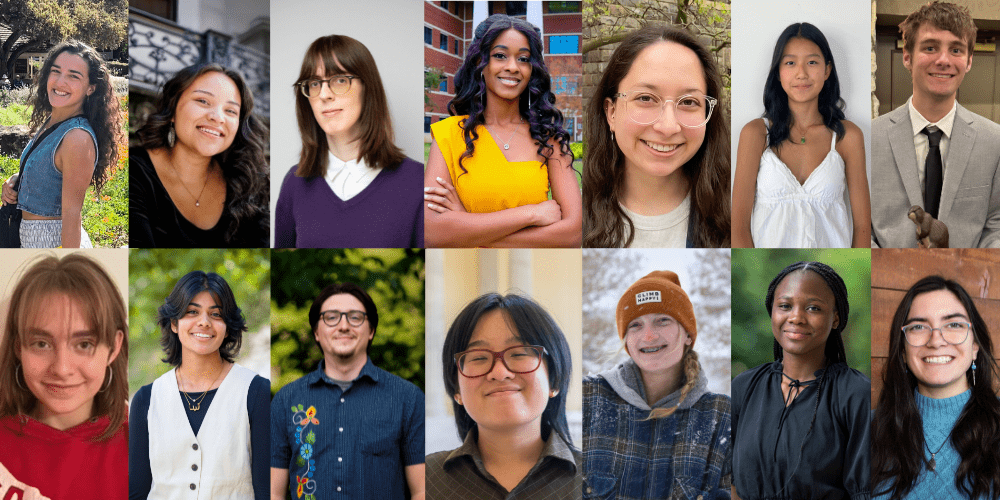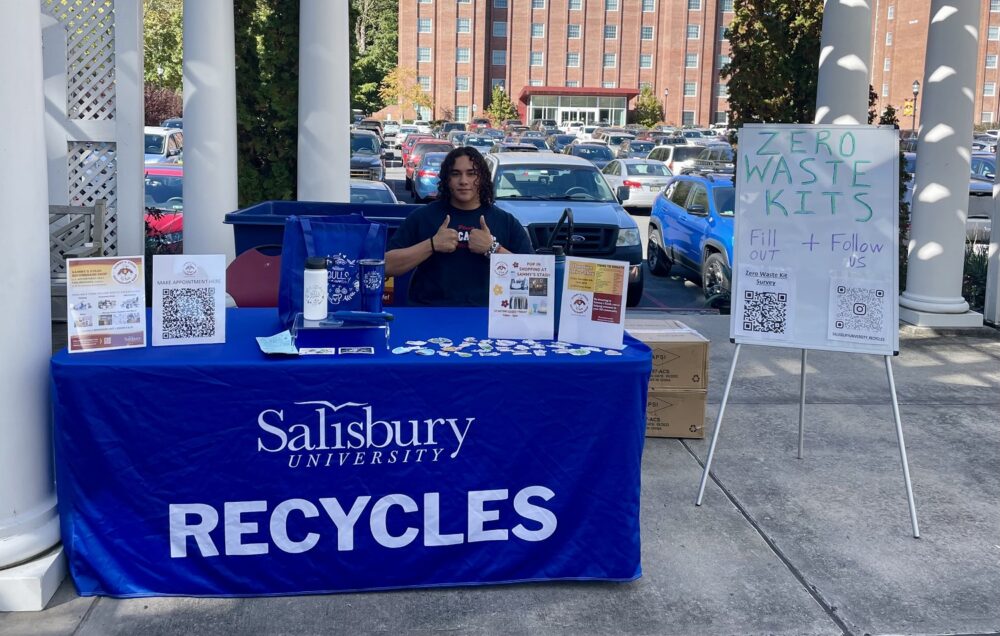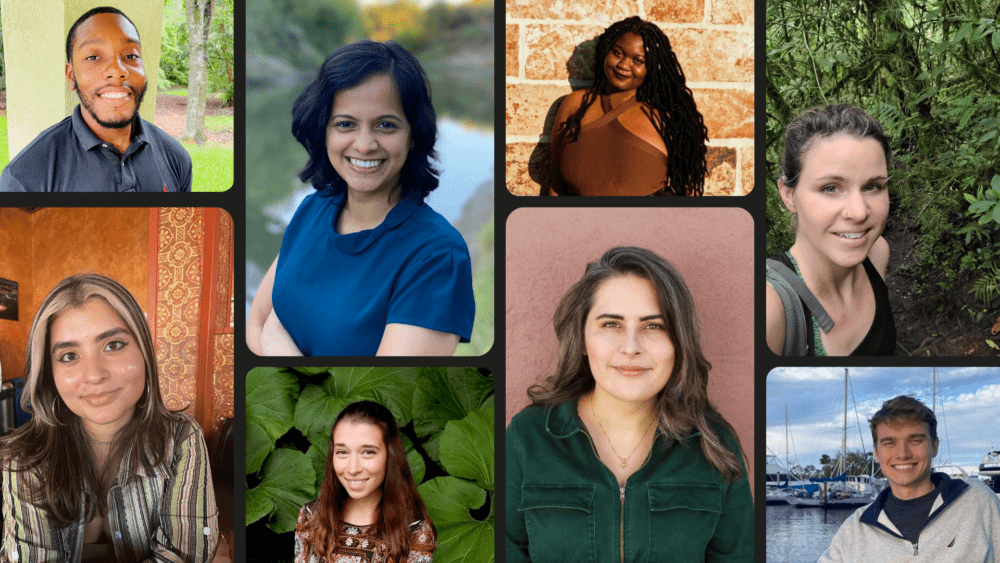We have much more to do and your continued support is needed now more than ever.
From Father to Son, a Love of Conservation
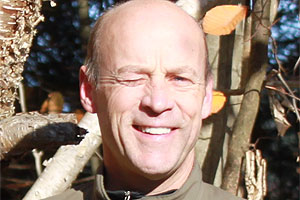
This blog is the story of George Gay, who works for the National Wildlife Federation in our Northeast Natural Resource Center in Vermont. He is the Senior Manager, Wildlife Conservation Programs.
A Father’s Legacy
My dad grew up as a single child in Baltimore in the 1930s. He spent his free time outdoors. He taught himself woodcraft, taxidermy, and how to make firearms. He made beautiful Kentucky rifles. He pushed me to believe, and it may seem old-fashioned, I should know my way around the woods, an axe and a dog. He also understood the web of life, and we talked often about the complexities of nature. He loved Aldo Leopold and John Muir. I remember him reading me books as a little kid, such as the biography of Francis Parkman, the man who explored the American West, and James Fenimore Cooper – the author of the Leatherstocking Tales.
Growing Up in Northern Virginia
My dad spent a lot of time with me when I was growing up in Northern Virginia just outside of Washington, DC. We went goose hunting on the eastern shore of Maryland and pheasant hunting in southwestern Virginia. He taught me how to trap muskrats. He drove me to school in McLean, Virginia. I remember stopping our car by a bridge off of Georgetown Pike or along the Potomac River. I would go down and my check traps. This was our routine every day that I had a trap line. No exceptions. This was a beautiful time in my life.
Later, in middle school, I “ran” my trap line by bicycle. I got up before the sun rose, put my pack basket on my back, rode to a nearby creek or pond, and walked into the woods with a flashlight or by moonlight. Normally, muskrats died instantaneously in body gripping Conibear traps. However, if I came upon an animal in one of my traps that was alive, I would dispatch myself. This was hard. But, I learned how to skin and flesh a furbearer. And, I learned what it meant to be a part of the web of life. I was exposed to the out-of-doors in a pretty intense way. I thought deeply about wildlife and wildlife habitat in an urban landscape.
Exploring the Maine Wilderness
When I was 14, my parents sent me to a camp affiliated with the Quaker religion in northern Maine. We canoed and camped, from river to river, lake to lake, all summer. There was one plane drop of food. Our group was small and isolated. Eleven kids and three counselors in the wilds. We were not in aluminum or fiberglass canoes, but canoes made from cedar and canvas. We learned how to patch them when we hit a rock. We came to love our boats and take care good of them. You have probably been in an automobile on a secluded road and thought “I really hope I don’t break down here.” We thought the same on the waters of the Allagash and St. Croix rivers. So, we worked hard to make sure our canoes were well cared for and would not break down.
After two months I remember coming out of the camp and meeting my dad in Augusta, Maine at the airport. He gave me an envelope and I thought “Oh great, some cash to use when I get home”. Instead, it was a year-long membership to the Wilderness Society. As a member, I received a copy of Wilderness every month. I read that magazine from cover to cover and learned what wilderness was. I decided then that I wanted to be a conservationist. In college at Virginia Tech I studied the things I loved – wildlife management and forestry.
Becoming a Naturalist and then a Lawyer
After college, I worked as a naturalist for the National Park Service in California. My duty station was Kings Canyon National Park, home of the Giant Sequoia, Sequoia sempervirens. I led evening programs and supervised hikes. I loved it.
I remember a speech by Ronald Reagan who was the governor of California at the time. He was commenting on a growing interest in the establishment of the Redwoods National Park. Governor Reagan said, “I don’t know why we need a national park. You’ve seen one redwood, you’ve seen them all.” I realized that if I really want to protect the out-of-doors, I better be involved in conservation policy. Science and education is one thing, but policy is where the rubber hits the road. So I went to law school and got an environmental law degree.
Falling in Love with the Appalachians and New England
I went to Vermont Law School. Right away, I was drawn to the maturity of the Appalachians – the oldest mountains of the world. They are roughed over. You don’t get the eye candy of the Sierra Nevadas. The Appalachians seem more enduring. They are like a warm glow in the fireplace rather than a house fire out of control.
It’s something about the accessibility of the Appalachians that I love. This is a place where we all live. From frugal New Englanders to the Scotch-Irish of the Carolinas, we are part of the Appalachian forests. Few people are truly living in western landscapes above 14,000 feet in the Sierras or Rockies. There, you go to visit. Here, in the Appalachians, human cultures are a real part of the landscape. I really like that.
My home town, Stowe, Vermont, is special. I wake up every morning and I go to my mailbox. I look over a river valley to the unbroken landscape of the Worcester mountains. The Worcesters are really close and I can look up in those mountains and imagine all kinds of wild stuff going on – bobcats, bears, martin, and fisher. I often wonder – am I looking at a mother and her young frolicking on the hill side right now? There is this mystery and wonder in the place. But it’s my place.
Fatherhood
I have three boys. I realized as a young parent that the outdoors is a great place to interact with a child. When my kids were 6, 8 and 10, we would be driving to a sporting event, perhaps an hour away. We would have really meaningful conversations. My eyes were on the road. There wasn’t a lot of eye contact. I wasn’t preaching to them across a table.
When you are having this outdoor experience, it’s the same thing. It’s a great canvas on which to paint the lessons of life. You don’t have to sit there and talk about the tree or a duck. You can talk about why it’s important to do well in school, or why you must reach out to the kid that other people are picking on. These life lessons are more easily taught when you are doing something together in the outdoors. It’s a great place to be a parent. It’s better than the kitchen table or the couch in front of the TV set. It worked when Grandfather did it for my dad, and when my dad it for me and my four siblings – so I wanted to do that with my three sons.
[youtube]http://www.youtube.com/watch?v=0mtKdKYmR4s[/youtube]
I wanted them to be connected to nature. That was one of my commitments as a dad. I wasn’t going to push them to love it, but I wanted them to have familiarity with it to decide if it was for them.
There is a place near my house called Cotton Brook. It’s one of my favorite places. It is part of the Mount Mansfield State Forest. It has a small brook that connects to a large reservoir. As a family, we would fly fish there in the summer, mountain bike and enjoy the colors in the fall, and in the winter, we would cross-country ski. We’d go to bed thinking about this place.
My Sons Continue My Father’s Legacy
My oldest son is a gardener and a developer of organic foods and local things. He also sees hunting as a component of a locavore’s connection to the land. He sees the harvesting of game as equally important as the harvesting of a garden. He works for Vermont Senator Sanders and loves the out-of-doors. My middle son graduated from Dartmouth and lives at my house. He likes working outside. My youngest son is a sophomore at Boston College and he loves being outside doing things like cross-country skiing and hiking, so there is an athleticism connected to his outdoor experience.
Having Nature Nearby
Every parent realizes how much children enrich our lives. Every day you wonder “what would I be if I didn’t have these children in my life?” I feel the same way about natural places near my home. My life would be a little emptier. Being a parent, husband, or member of the local conservation commission would be a little harder. I could do it, but it would be a little harder without my special place or two or three. That’s what gets me going and I want to share it with other people and make sure they have a special outdoor retreat – a Cotton Brook. I think if everybody could have a deep connection with the out-of-doors, then everyone would be a little happier. Our whole society would be a little more positive.
Having wild outdoors spaces close to home is critical. That’s what motivates me – all the exercise and bonding with children, awareness of fish and wildlife. It’s got to be close so we have to make sure there are places like this in all communities. I am inspired by National wildlife Federation’s work realizing these places have to be in your backyard, for it to be part of the fabric of your family.
My place was Cotton Brook, and I want everybody to have a Cotton Brook in their lives.
Support Our Work
George works to create a safe place for wildlife in the Northeast United States. Your donation helps wildlife and protects habitat.












